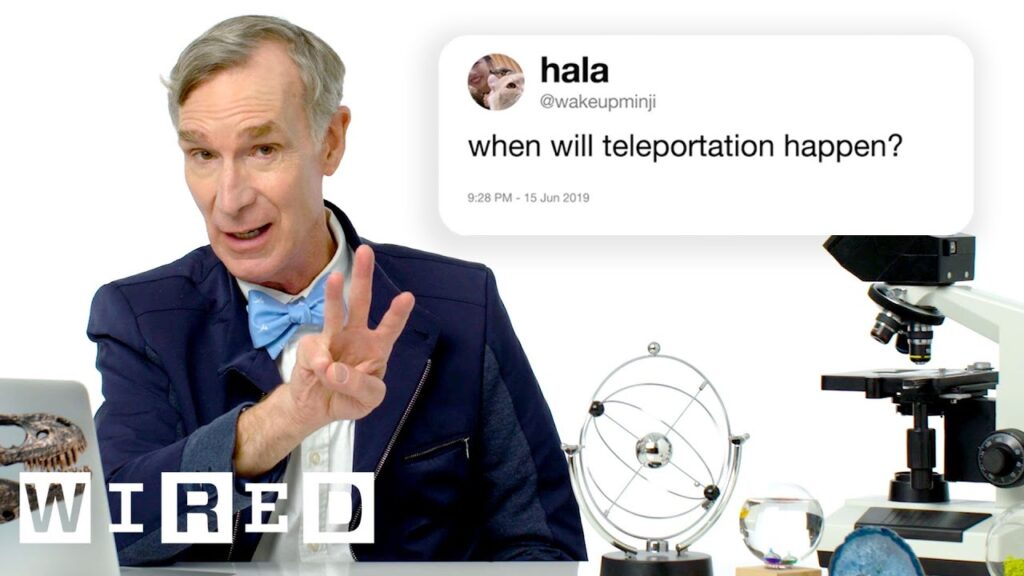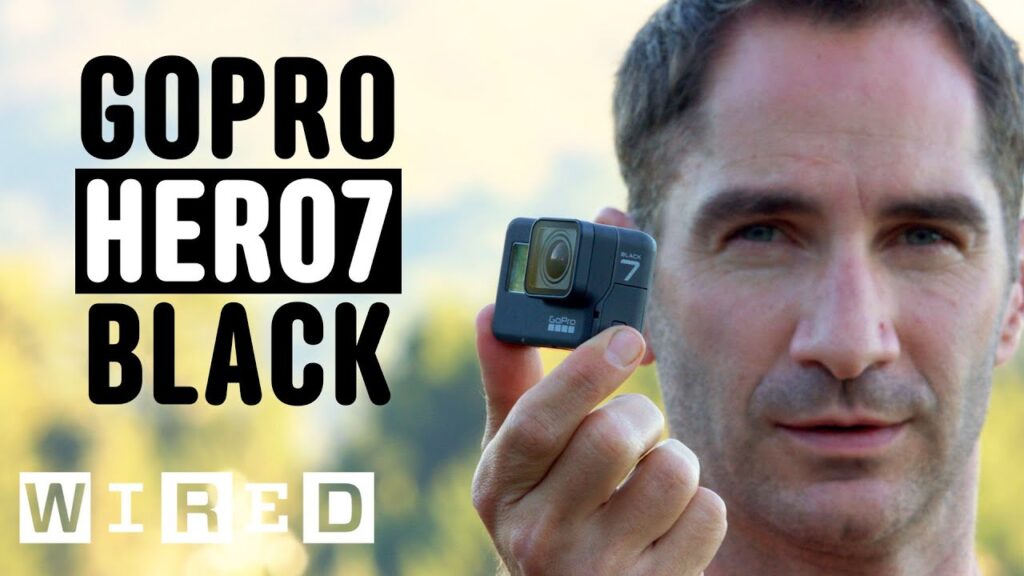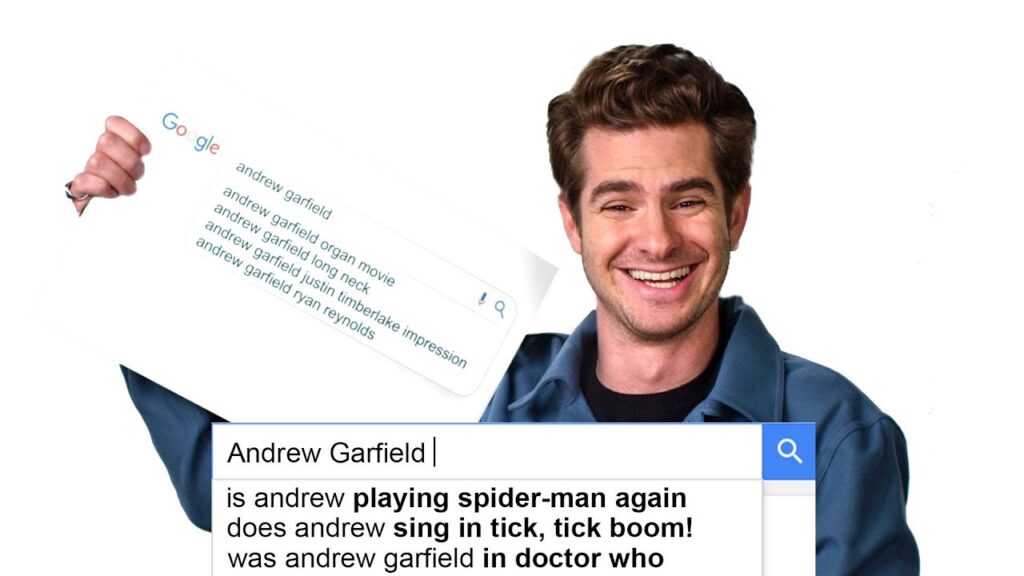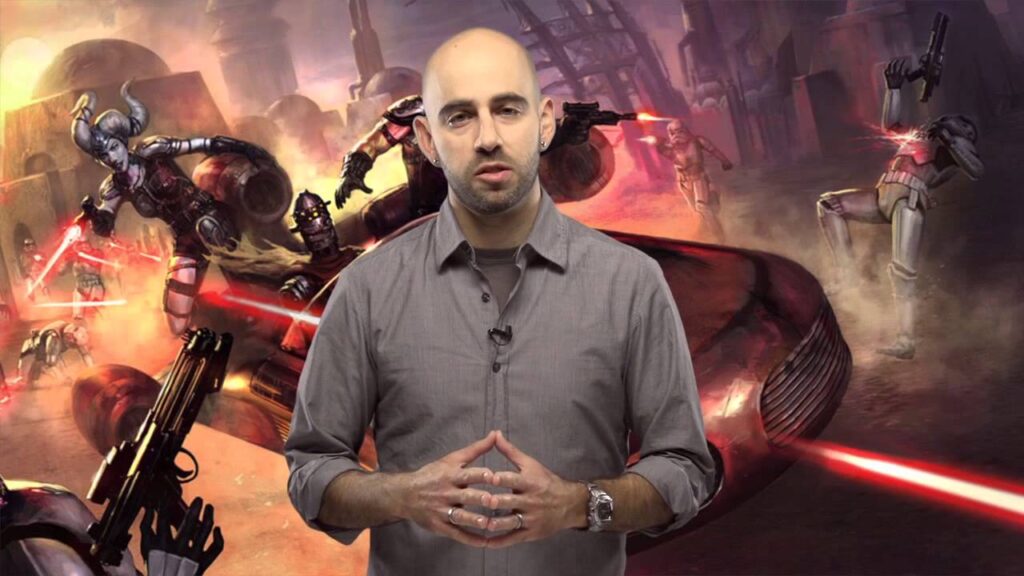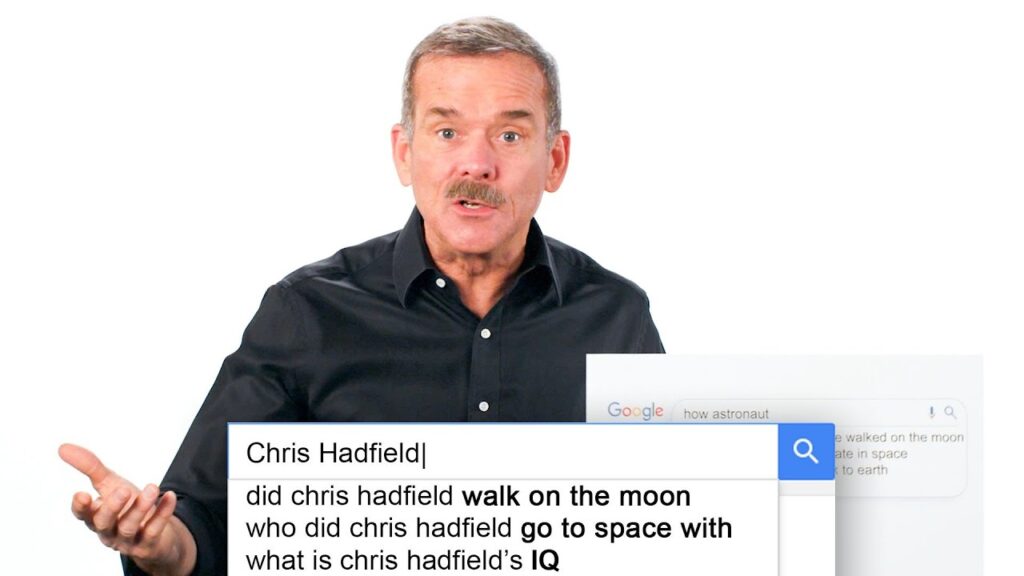Virtual Reality: Understanding the Concept at Five Levels of Complexity
Summary
In this article, we explore the concept of virtual reality (VR) at five different levels of complexity, as discussed by John Carmack, the Chief Technology Officer for Oculus. The article delves into the challenges of making VR as realistic as possible, from creating hardware that can track the user’s eyes to achieving low latency. The article also discusses the potential for quality improvement in spatialization and the importance of trust and presence in VR.
Table of Contents
- The Concept of Virtual Reality
- Achieving Realism in VR
- The Importance of Low Latency
- The Challenge of Haptic Technology in VR
- The Future of VR and Trust
The Concept of Virtual Reality
According to Carmack, virtual reality is like a video game, but with the ability to make the user believe they are somewhere else. The goal is to make the VR experience as realistic as possible, which can be achieved by using a VR headset that draws a different picture for each eye, creating a sense of depth.
Achieving Realism in VR
To achieve realism in VR, hardware is needed that can put lots of detail where the user is looking, without needing to render a hundred times as much as is currently required. The challenge is figuring out where the user is looking, which can be achieved by using a camera to track their eyes.
The Importance of Low Latency
Latency is the time delay between the rendering at different points in the system, and it happens in all parts of the system. The latency is the most important part of VR because if there is an offset, the user’s body is no longer immersed, and they can experience motion sickness, which can pull them out of the experience.
The Challenge of Haptic Technology in VR
The speaker is unsure about how haptic technology will be revolutionized to make it feel like touching objects in the virtual world. However, they have experienced interesting demos that use audio to mimic scenes and create immersion. The potential for quality improvement in spatialization by allowing users to sample their own perfect head relative transfer function (HRTF) for better audio experiences is also discussed.
The Future of VR and Trust
Trust is crucial in VR, and bad experiences can easily break it. Filmmakers are expected to create meaningful content in VR that is different from traditional media. The speaker’s focus is on figuring out what should be done from an artist and storytelling perspective to make VR different from watching TV on a wall. The most important aspect of VR is presence, where the user gets lost and has to remind themselves that it’s not real.
Conclusion
In conclusion, virtual reality is a complex concept that requires a lot of hardware and software development to achieve realism. The challenges of low latency and haptic technology are still being addressed, but there is potential for improvement in spatialization and audio experiences. Trust and presence are crucial in VR, and it is up to filmmakers and developers to create meaningful content that immerses the user in a different world.

